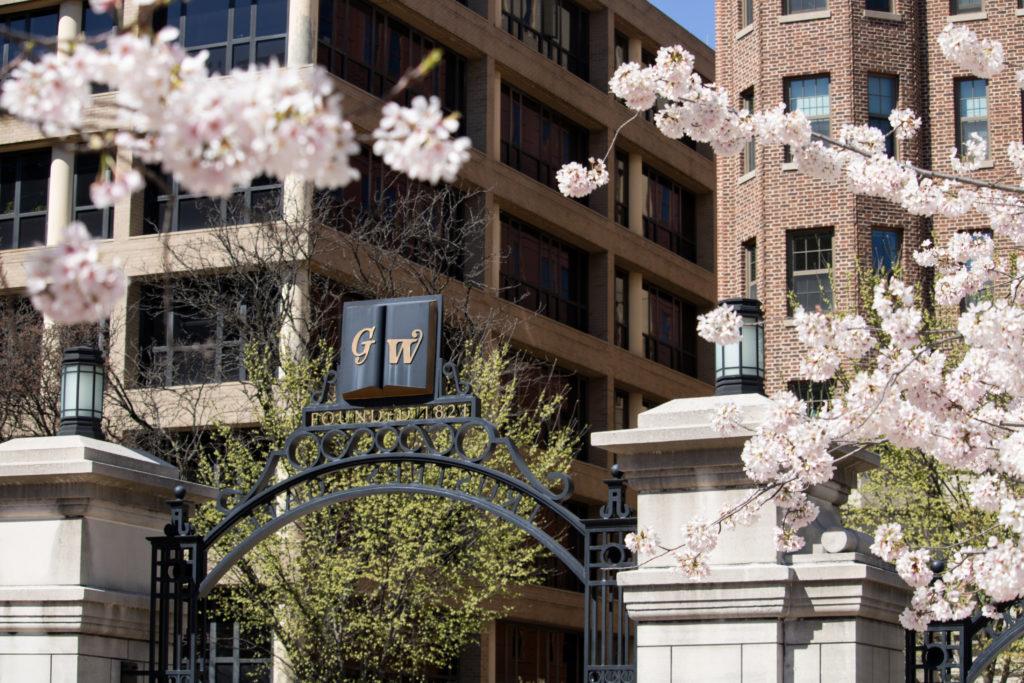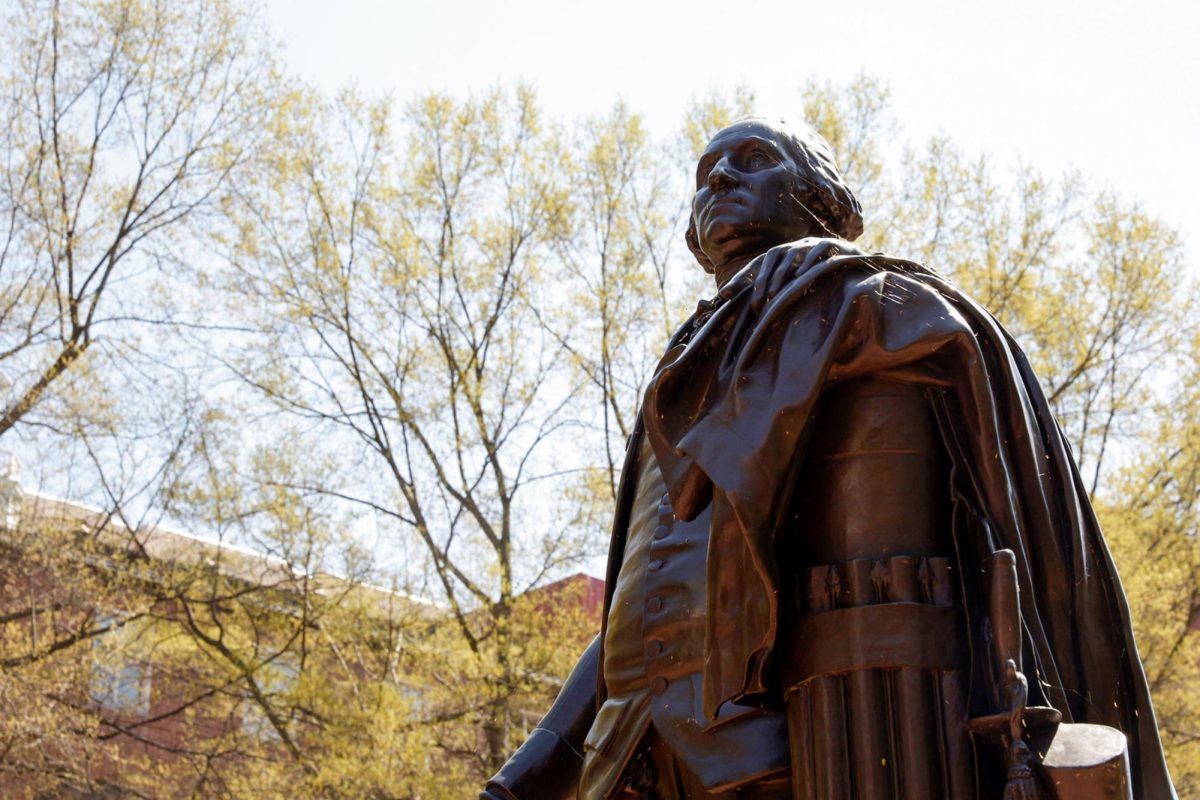Full details of GW’s 10-year strategic plan draft surfaced Tuesday, proposing between $300 and $400 million worth of investments for ideas like a center for classified research and academic programs devoted to AIDS and obesity.
The 29-page plan reaches far across each part of the University and includes a new section devoted to enhancing the arts, social sciences and natural sciences, including improving performing arts venues and paying to bring “prominent policymakers” to campus to lecture and teach.
It also sharpens the University’s focus on becoming interdisciplinary, putting actions and ideas behind the often-used GW buzz word. The full draft – to be finalized in February – outlines how students’ academic choices could completely change over the next 10 years to allow them to study multiple fields at once.
Provost Steven Lerman announced some major parts of the plan last week at the Faculty Assembly. He said instead of enrolling students in separate schools – which “undermines students taking full advantage of all that our university has to offer,” according to the plan – they would be admitted to the University as a whole.
The restructuring of undergraduate academics would also pave the way for more interdisciplinary programs, like the one in sustainability the University launched this year. The plan proposes minors in topics like security, AIDS, obesity and poverty.
“GW students frequently come to the university because of an interest in addressing societal problems and these additional minors will provide more opportunities to integrate this interest with their academic program,” Lerman and Senior Vice Provost for Academic Affairs and Planning Forrest Maltzman said in an email.
GW would also create more pathways for students to earn a dual bachelors-masters degree in policy tracks across disciplines, especially for students with vast Advanced Placement credits.
To give students more opportunities for internships, the University would also launch a scholarship program to make up for the unpaid positions.
Research expansions are also significant parts of the plan. GW expects to spend $20 million to $30 million over the next 10 years to create new interdisciplinary research centers. The University will also review existing centers and cut them off if they’re not producing enough research.
But the University would also look to widen research by rolling back its ban on classified research to build a facility for it on the Virginia Science and Technology Campus.
“Allowing classified research will help ensure that GW researchers interested in doing research of importance to our national defense and homeland security are able to address some of the nation’s most important needs,” Lerman and Maltzman said.
That would reverse GW’s 2003 policy on classified research, which says it “is not compatible with open communication of knowledge within the academic community because it places restrictions on which faculty and students can access research data, the facilities required to carry out research, and/or research results.”
The draft also solidifies details already confirmed, like increasing the international undergraduate population from 7 to 14 percent and creating up to 100 new tenure-track faculty positions.







